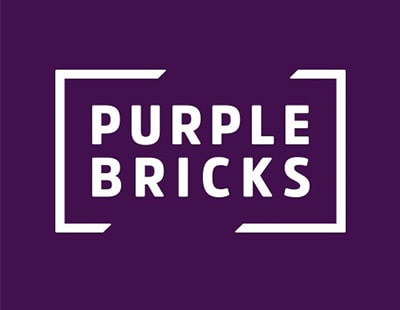
With college and university terms about to start, and ever-more diligence required over Coronavirus, the Deposit Protection Service is offering an updated guide to checking-in students in England.
Matt Trevett, DPS managing director, says: “Some students may not know what to expect when moving during the pandemic, and many landlords and agents are still adjusting to how public health measures affect setting up new tenancies. This guidance, which takes into account latest government advice on moving, will help ensure a safe and efficient move in line with the regulations, as well as help avoid disputes at the end of a tenancy.”
1. Understand government restrictions on moving - members of only two households can enter a property at any one time in England. Students form a ‘household’ when they move into a property together, which means physical check-ins with either a landlord or letting agent can take place;
2. If possible, reduce the number of tenants attending the check-in - If tenants are undertaking a joint tenancy for the property, they are acting as a single party, so only one needs to attend the check-in. If each student has a separate tenancy for their individual room, everyone should attend as well as receive and sign their own inventory;
3. Perform a check-in when the house is empty - If possible, it is best to perform a check-in when the property is empty to reduce the risk of the virus transferring from the belongings of existing tenants to visitors;
4. Electronic check-ins are also permitted - If a non-physical check-in is preferable, landlords or agents can prepare the report in advance and then pass it to the relevant tenants via email or post, along with any photographs;
5. Stick to the facts - The check-in information should be thorough, factual and accurately describe the condition of the carpets, walls, furniture and garden. It should note items’ age, wear and existing damage. Using a third-party inventory service to record the condition of furniture and fixtures can also help prevent disputes at the end of a tenancy;
6. Take photos - Good quality, colour photos, along with the check-in report, provide the best evidence during any dispute. Date-stamped images taken on or close to the check-in date are optimal. Tenants who want to take their own photographs should agree with the landlord or agent a suitable time to enter the property;
7. Tenants should study the draft report and send back written amendments within seven days - If tenants don’t amend a draft check-in report within seven days of receiving it in person, via post or by email, the landlord or agent can assume the tenants agree with it;
8. Put conversations about the property’s condition in writing - Tenants, landlords and agents who speak about the property’s condition should also follow up by post or email in order to keep a record and remove doubt should anyone need to refer to their conversations at a later date;
9. Tenants’ agreement is vital - Landlords, agents and tenants should hold onto the final, agreed version of the report as well as any email trail or postal receipts relating to it. A landlord who can’t get a digital or physical signature from a tenant should ask them for an email or text confirming their agreement – and keep a copy.













%20-%20IMAGE%20Client%20Accounting%20%E2%80%93%20what%20are%20your%20options.jpg)





Join the conversation
Be the first to comment (please use the comment box below)
Please login to comment